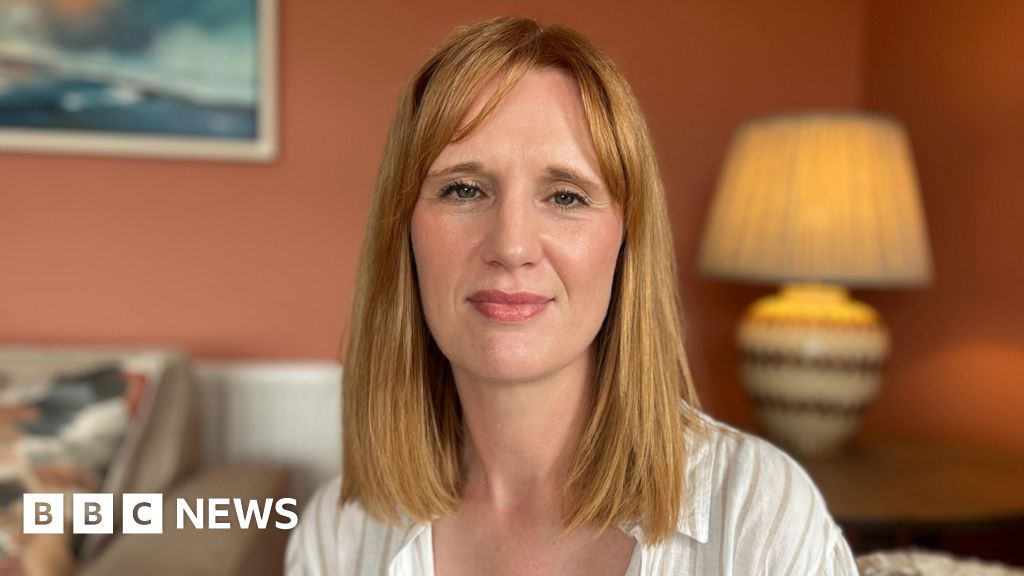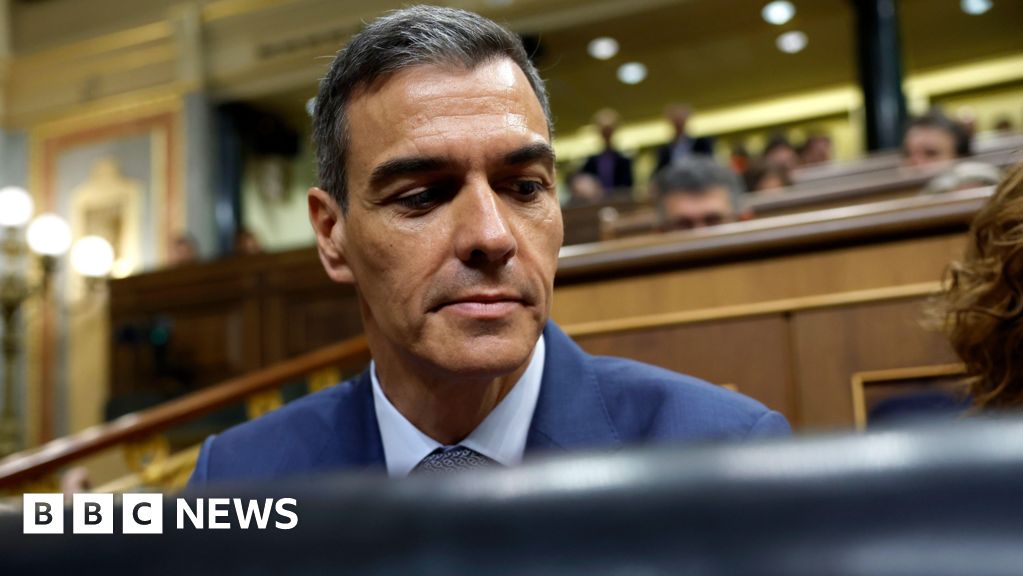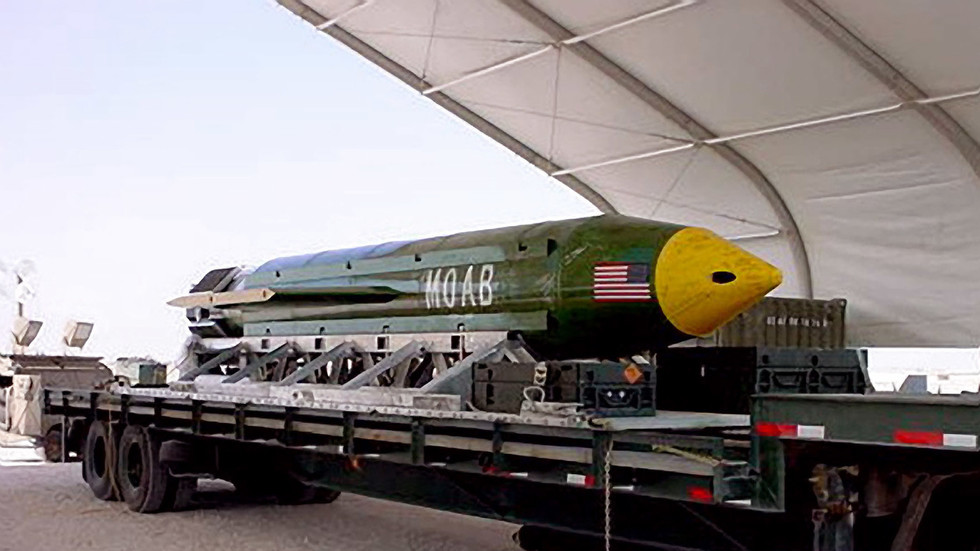World·New
The Dallas Cowboys Cheerleaders say they're getting a 400 per cent pay raise, shedding light on just how little NFL cheerleaders, and female athletes in general, get paid.
Salary discrepancies for female athletes are widespread, and gaining more attention

Natalie Stechyson · CBC News
· Posted: Jun 19, 2025 2:23 PM EDT | Last Updated: 6 minutes ago

If you're among the millions who have been riveted by America's Sweethearts, Netflix's docuseries about the Dallas Cowboys cheerleaders, then you already know that the 36 women who make the squad are nothing less than pro athletes.
Most come from studio-trained dance backgrounds. They endure gruelling training programs and have to meet intense physical demands — their trademark kick-line and jump-split move is so punishing that some of them have torn their hips to the point of needing surgery.
From July to the end of the Cowboys season, they rehearse three to four times per week for two to three hours at a time, and perform at all home games. Practices alone can be a 40-hour-per week commitment, notes People magazine, and that doesn't include their promotional appearances.
And for all this, until recently, they were reportedly not paid enough to support themselves. As the cheerleaders on the show themselves have pointed out, many of them work second or even third jobs.
Now, the second season of America's Sweethearts has dropped, alongside a significant announcement: a 400 per cent pay increase.
"Our efforts were heard and they wanted to give us a raise," four-year veteran Megan McElaney said on the show, calling the increase "life-changing."
The show didn't disclose what the cheerleaders had earned before the pay raise, or what their compensation would look like after it. But former cheerleader Jada McLean told the New York Times Wednesday she used to make $15 US per hour as a five-year veteran on the squad, and with the pay bump, it could be more like $75 US per hour.
While many have been shocked to learn how little NFL cheerleaders are paid, it fits into the overall narrative of the gender pay gap in women's sport, said Cheri Bradish, the director of the Future of Sport Lab at Toronto Metropolitan University.
"There are inequities for women in sport in all kinds of roles, not just cheerleading," Bradish told CBC News.
"Their journey is very similar to what we have seen with other leagues and teams who are struggling to get the respect of having broader and more respected pay in general."

'A volunteer position'
Being a cheerleader is a significant commitment that demands a high level of athleticism, dedication and professionalism, said Raeanne Milovanovic, co-founder and vice-president of the Canadian Football Cheerleaders Alumni Organization.
Compensation varies by team and has "historically been a topic of discussion," Milovanovic said. Stipends typically don't work out to minimum wage, she said, but there are other perks and promotional opportunities — and for many, it's more about the experience.

"For many, it's a volunteer position," she said.
CFL cheerleaders typically don't receive a regular fixed wage, but instead receive per-game payments of about $50 US to $100 US per game, according to the CFL News Hub.
Salary discrepancies are gaining more attention as female sport experiences a massive rise in popularity.
Superstars like the WNBA's Caitlin Clark, U.S. gymnast Simone Biles, rugby player Ilona Maher, and Canadian record-smashing swimmer Summer McIntosh have helped attract more eyeballs on events, as has the emergence of new female professional hockey and soccer leagues.
Paycheques, however, have not kept pace.
Paige Bueckers, for instance, the WNBA's No. 1 draft pick, is projected to earn just $78,831 US for her rookie year — about $109,480 Cdn, or less than the real median household income in the States. Players in the Professional Women's Hockey League can earn as little as $35,000 US per year.
In March, a FIFA report on women's soccer found that the average salary for top-tier teams was $24,030 US globally, less than a living wage in many places. And despite 2024 seeing a surge of viral female athletes, not one woman made the top 100 list of highest-paid athletes worldwide last year.
WATCH | The PWHL on its latest expansion: ‘You have to see it to be it:’ PWHL’s executive VP says on latest expansion | Hanomansing Tonight
The battle for pay
The Dallas cheerleaders have been pushing for pay increases for years, part of an overall NFL cheerleader battle for minimum wage. In 2017, a federal judge tossed out a lawsuit accusing the NFL and team owners of conspiring to suppress wages for cheerleaders.
In 2019, the Cowboys settled a lawsuit with a former cheerleader that led to the squad doubling the per-game pay, from $200 US to $400 US. The latest raise is four times that.
"'Happy' isn't even the right word for it," former cheerleader Jada McLean said on the show. "I think I was just ... kind of felt, like, a relief, like everything had paid off. And it was, you know, finally, we were done fighting."
Robyn Pineault, 42, cheered for the Hamilton Tiger-Cats and the Toronto Argonauts in the early 2000s. On top of practices and public appearances, Pineault says she would dance the entire game on the sidelines, plus the halftime shows and shows between each quarter, all of which was physically demanding and time consuming.
Pineault, who now lives in Ottawa, says she's proud of the Dallas cheerleaders for pushing for a pay raise.
"They have the epitome of brand awareness in the industry. Every single cheerleader looks up to the Dallas Cowboys cheerleaders," she said.
"So to see them get a wage increase and actually be paid what they are worth, not just be given the opportunity to dance and have that career but also get fair pay, is a really great story for dancers everywhere."

ABOUT THE AUTHOR

Natalie Stechyson has been a writer and editor at CBC News since 2021. She covers stories on social trends, families, gender, human interest, as well as general news. She's worked as a journalist since 2009, with stints at the Globe and Mail and Postmedia News, among others. Before joining CBC News, she was the parents editor at HuffPost Canada, where she won a silver Canadian Online Publishing Award for her work on pregnancy loss. You can reach her at natalie.stechyson@cbc.ca.
With files from The Associated Press

 4 hours ago
3
4 hours ago
3









